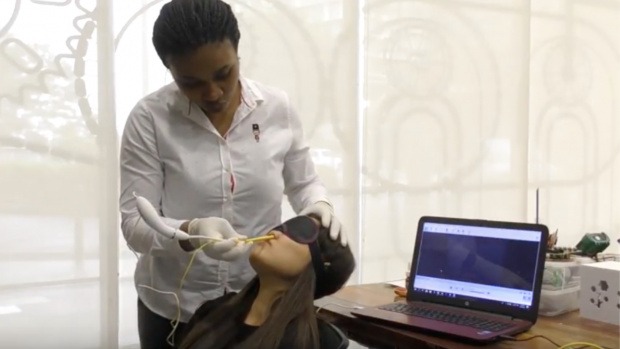
Breaking News
 Israeli chief of staff officially approves plan to occupy Gaza City
Israeli chief of staff officially approves plan to occupy Gaza City
 Report From "Blueprint for Peace"
Report From "Blueprint for Peace"
 Are They Lying to Us About Inflation?
Are They Lying to Us About Inflation?
Top Tech News
 Chinese Scientists Produce 'Impossible' Steel to Line Nuclear Fusion Reactors in Major Break
Chinese Scientists Produce 'Impossible' Steel to Line Nuclear Fusion Reactors in Major Break
 1,000 miles: EV range world record demolished ... by a pickup truck
1,000 miles: EV range world record demolished ... by a pickup truck
 Fermented Stevia Extract Kills Pancreatic Cancer Cells In Lab Tests
Fermented Stevia Extract Kills Pancreatic Cancer Cells In Lab Tests
 3D printing set to slash nuclear plant build times & costs
3D printing set to slash nuclear plant build times & costs
 You can design the wheels for NASA's next moon vehicle with the 'Rock and Roll Challenge
You can design the wheels for NASA's next moon vehicle with the 'Rock and Roll Challenge
 'Robot skin' beats human reflexes, transforms grip with fabric-powered touch
'Robot skin' beats human reflexes, transforms grip with fabric-powered touch
 World's first nuclear fusion plant being built in US to power Microsoft data centers
World's first nuclear fusion plant being built in US to power Microsoft data centers
 The mitochondria are more than just the "powerhouse of the cell" – they initiate immune...
The mitochondria are more than just the "powerhouse of the cell" – they initiate immune...
 Historic Aviation Engine Advance to Unlock Hypersonic Mach 10 Planes
Historic Aviation Engine Advance to Unlock Hypersonic Mach 10 Planes
 OpenAI CEO Sam Altman Pitches Eyeball-Scanning World ID to Bankers
OpenAI CEO Sam Altman Pitches Eyeball-Scanning World ID to Bankers
These Researchers Want to Send Smells Over the Internet

In the future, we could huff food blogs and snort stinky Twitter feeds straight into our sinuses.
Okay, I'll admit that's a highly exaggerated interpretation of new research by Kasun Karunanayaka, a senior research fellow at the Imagineering Institute in Malaysia, and his team. They've designed a concept for smelling digital content—like restaurant menu items or a florist's rose bouquet—using electrical stimulation directly up your nostrils.
We've seen high-tech prototypes in the world of multisensory technology before: From molecule mixes that evoke the smell of New York in virtual reality, to "programmable" scent cartridges released during a movie, to gas masks for smelling sex while watching porn in VR. But most of these involve a chemical mix to make the scent. Instead of physical scent-mixing, Karunanayaka's smellable internet involves sticking electrodes up your nose, to touch and stimulate neurons deep inside your nasal passages.

 The Remote Access Car . . .
The Remote Access Car . . .

